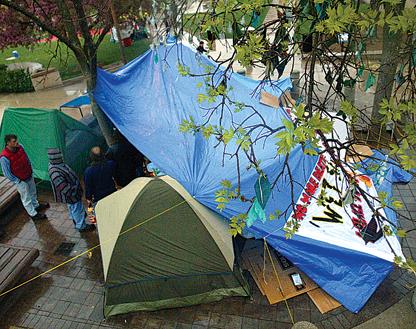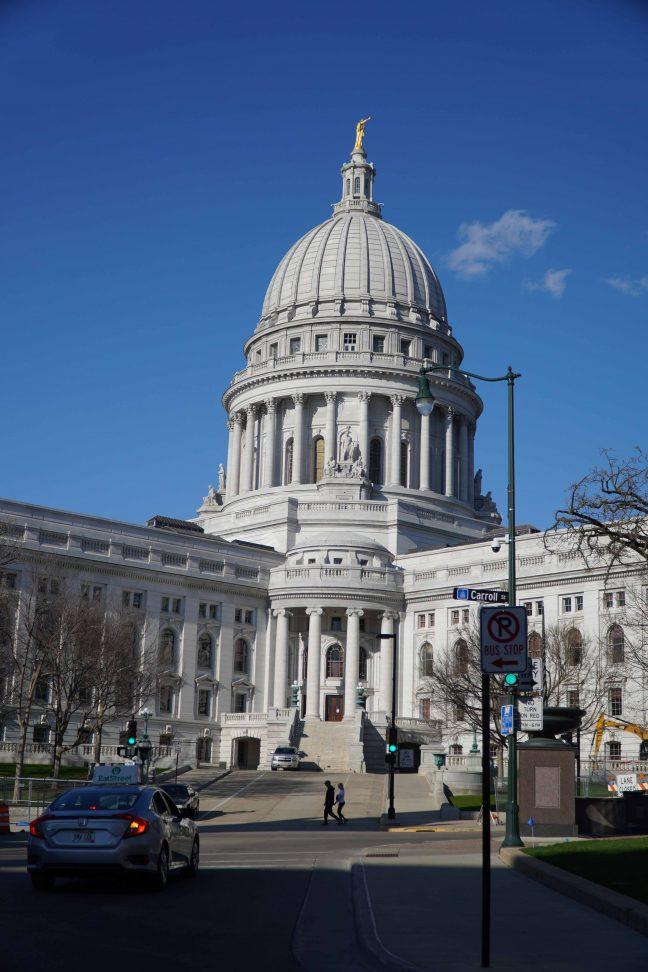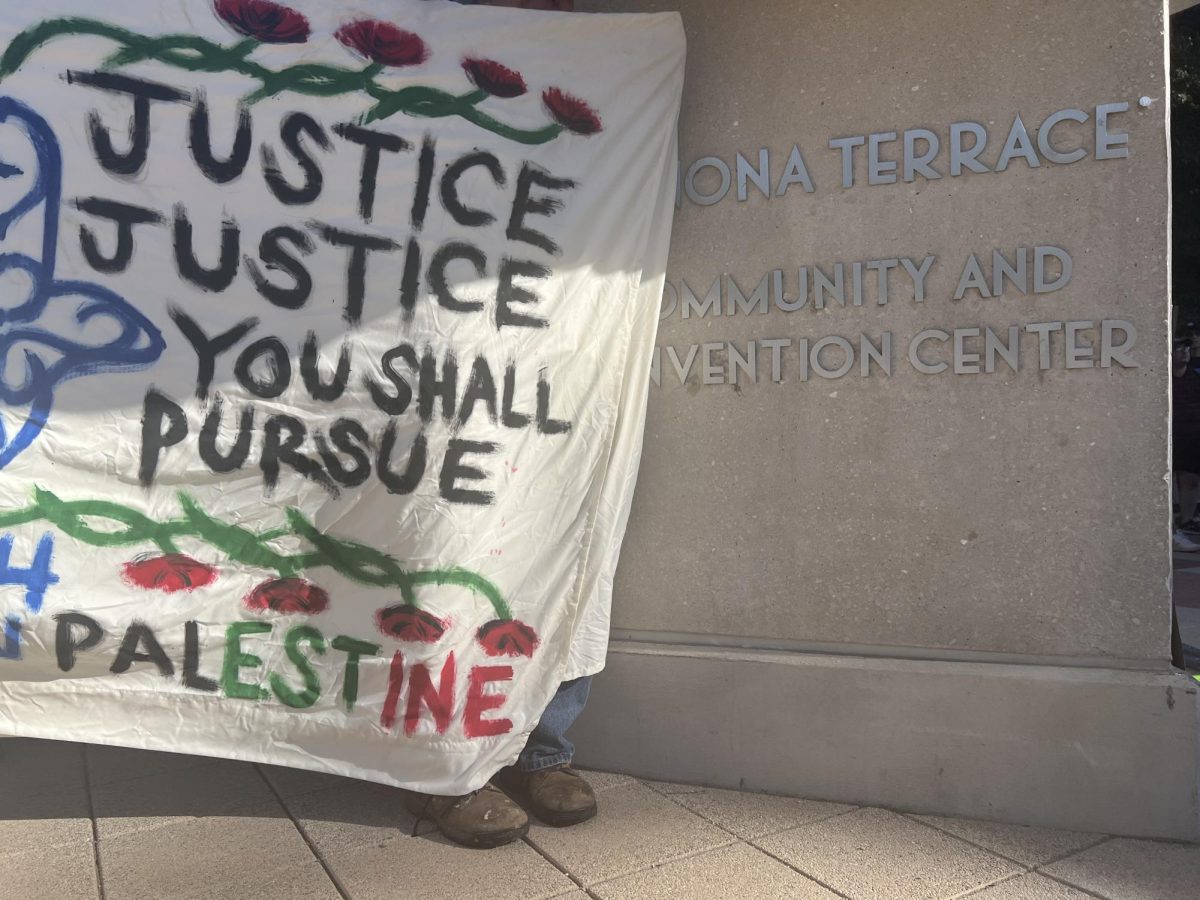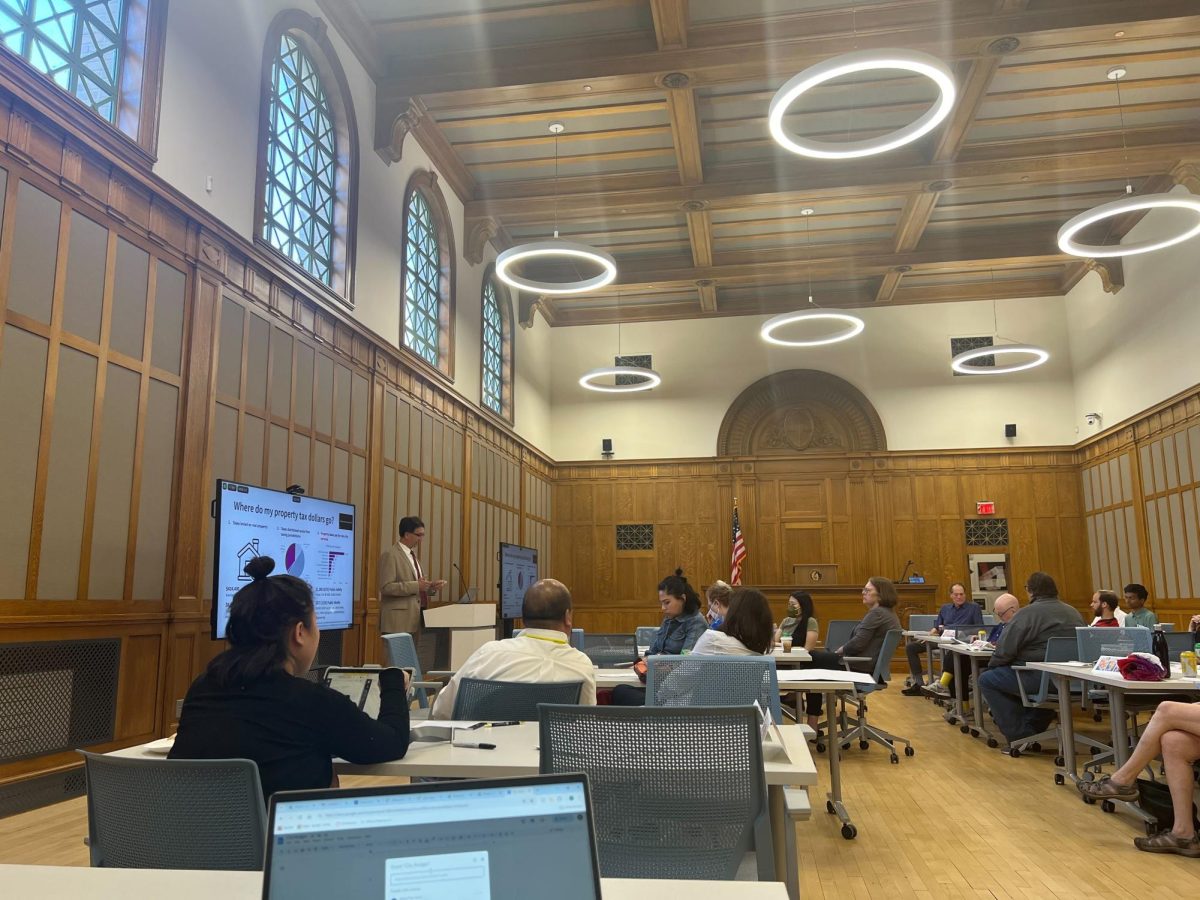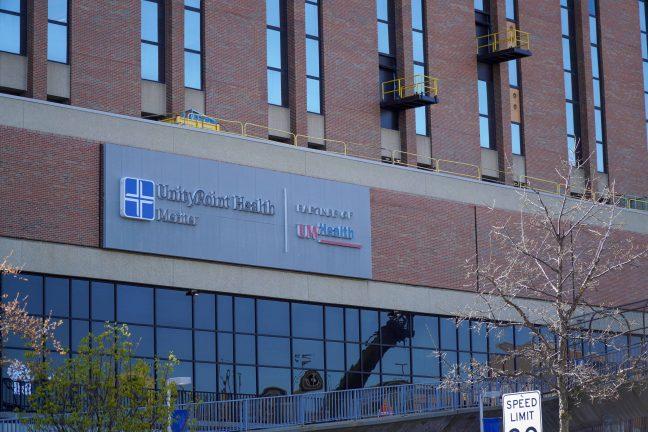After four years, the Dane County Continuum of Care and its community received a $2.5 million Youth Homelessness Demonstration Program grant from the Department of Housing and Urban Development, also known as HUD.
The city’s application was rejected in 2019, but with help from HUD advisors, they were able to position themselves to succeed this time. HUD distributed $142 million to 33 communities, and Dane County was one of 22 non-rural populations to receive the money, according to a recent press release.
The money will allow the city of Madison and Dane County to more effectively tackle the problem of youth homelessness, an issue the county has fundamentally struggled with, Continuum of Care Coordinator Torrie Kopp Mueller said. It also represents a recent shift in the city’s priorities to make a more concerted effort to prioritize youth homelessness.
Freezing temperatures create challenges for homeless shelters
Over the past two years, Dane County established a committee to solve the youth homelessness problem as well as the Youth Action Board made up of young people with prior experience being unhoused. These steps not only helped bolster the county’s application but helped local leaders better understand the unique problems of youth homelessness, Kopp Mueller said.
“Young people experiencing homelessness tend not to be seen as much,” Kopp Mueller said. “They tend to couch surf, so they’re staying with friends and family, sort of bouncing from place to place. If they end up sleeping unsheltered they work really hard to hide themselves and not be noticed by people.”
Bills that would aid Wisconsin homeless rely on state Senate
The community will have the next six to nine months to put together a plan for where they want to spend the money. Leaders expect to hear from numerous experts and groups such as the CoC’s Youth Action Board and Briarpatch Youth Services, a nonprofit organization that helps serve youth and families in crisis in the Madison area, Kopp Mueller said.
Briarpatch Youth Services is a non-profit that serves 3,000 young people in the Madison area and works closely with local governments to help combat youth homelessness and children who are dealing with violence or economic insecurity.
Briarpatch Executive Director Gloria Reyes outlined some of its goals in the press release.
“Briarpatch is excited for the opportunity to work in collaboration with our community to elevate the issue of youth homelessness in our community and to develop a comprehensive plan that will support and reduce youth experiencing homelessness and obtain sustainable housing,” Reyes said in the press release. “This funding opportunity allows us to proactively prevent homelessness in our community.”
Overdue: As the city expands affordable housing, barriers for those in need persist
According to Kopp Mueller, the YHDP money cannot be spent on developing more shelters and will likely be spent on programs to bolster services and increase the resources available to the homeless community.
Mayor Satya Rhodes-Conway recently appropriated two million dollars for development to help address Madison’s homeless problem. The grant and the Mayor’s budget represent a policy shift that has community leaders on the issue, such as District 6 Alderperson Brian Benford, excited.
Benford has 30 years of experience as a social worker in Madison and is especially involved in solving homelessness, which he said was his “life’s work.” He currently represents District 6 on the Madison City Council and serves on the City-County Homeless Issues Committee.
“I think we take for granted how important it is where we lay our head at night, where we can sleep safely, where we can begin to heal and begin to lay a foundation,” Benford said. “This [funding] can offer that hope that currently in the city of Madison there isn’t. I am so deeply appreciative of the mayor and the city and county staff to recognize that this was a need.”
Benford and Kopp Mueller expressed hope that the community partnership on this issue could be extended to include the University of Wisconsin and challenged students to get more involved with helping out.
$25 million in federal funds awarded to Wisconsin organizations fighting homelessness
The coming months will determine how the money will be spent and if the city can come up with a comprehensive plan to make a substantial impact on youth homelessness. While all leaders are optimistic about the future, Kopp Mueller and Benford said there will be the ever-present obstacle of helping what Benford referred to as an “invisible population.”
“We live in a tale of two cities now where Madison is an amazing place for those with privilege, but for those that are vulnerable it’s one of the most dismal places in the United States,” Benford said. “As a student, as someone on campus, what can you do to leave a legacy so that people currently your age never have to suffer?”








